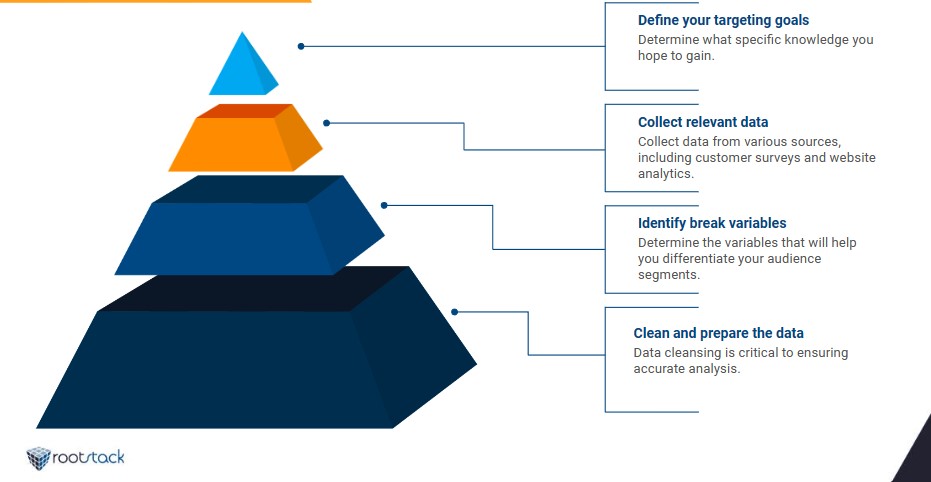How might data analytics help with target audience segmentation?
June 14, 2023
Table of contents
Quick Access

Knowing your audience is one of the primary goals of marketing and advertising in any shape or medium. Knowing the exact facts of the audience you want to target and what they want to see is critical to the campaign's success. Data analytics can assist in obtaining all of this information.
Do you understand data analytics? According to Investopedia, "data analytics is the science of analyzing raw data in order to draw conclusions about that information." Many data analysis techniques and processes have been mechanized into mechanical processes and algorithms for human consumption."
The definition includes the key to leveraging data analytics in marketing: process automation. The tools can be configured, integrated with campaigns, and thus provide more detailed filters for the following adverts.
In marketing, how may data analytics be used to segment the target audience?
Using data analytics to segment a marketing campaign's audience entails, in general, collecting and analyzing all relevant data from previous campaigns in order to divide the public into groups based on their characteristics and specific interests, ensuring that the information provided is correct.
Here's a step-by-step guide to data-driven audience segmentation:
- Define your segmentation goals: Clearly define the goals of your segmentation. Determine the exact insights you want to get and how they can help your marketing efforts.
- Gather important information: Data should be collected from a number of sources, including as customer surveys, website analytics, social media platforms, customer relationship management (CRM) systems, transactional data, and third-party data suppliers. Make certain that the information you collect is thorough and accurate.
- Determine your segmentation variables: Identify the variables that will assist you in differentiating your audience segments. These factors may include demographic data (age, gender, location), psychographic qualities (lifestyle, hobbies, values), behavioral data (buy history, website interactions), and other information. Select variables that are relevant to your company and fit with your segmentation objectives.

- Data cleaning and preparation: Data purification is critical for accurate analysis. Remove duplicate or irrelevant records, correct mistakes, and standardize formats. Similarly, anonymize personal information to ensure privacy and compliance with data protection laws.
- Analyze the data: Analyze the data collected using proper data analysis techniques. Exploratory data analysis, statistical analysis, data visualization, clustering methods, or machine learning models may be used. The idea is to find patterns, trends, and linkages in the data that will help with audience segmentation.
- Divide your audience into segments: Divide your target audience into multiple segments using the insights gathered through data research. Use the above-mentioned segmentation criteria to group people who have similar qualities, habits, or preferences. The number of segments will be determined by your individual requirements as well as the complexity of your data.
- Validate and refine your segments: Examine whether your segments accurately capture the diversity and heterogeneity of your target audience. Examine its relevance, stability, and applicability. Based on comments, user surveys, or other data analysis, adjust or refine segments as needed.
- Create personalized marketing strategies: Develop distinct marketing techniques for each audience segment once you've identified them. Create communications, offers, and material that are tailored to each segment's specific wants, preferences, and pain areas. Adapt your marketing tactics to increase engagement and conversion.
- Monitor and measure performance: Continuously track the performance of your marketing campaigns and initiatives. Analyze key metrics like customer acquisition, retention, engagement, and conversion rates for each segment. This will allow you to refine your strategies over time and optimize your marketing efforts.
Remember that audience segmentation is an ongoing process, and data analysis should be used regularly to refine and update your segments as your business evolves and new data becomes available.
We recommend you on video
Related Blogs


How to integrate UiPath RPA with a database

Magento Development Services for the Healthcare Industry
Best Practices for Hiring a Drupal Developer

5 steps of UiPath RPA implementation

